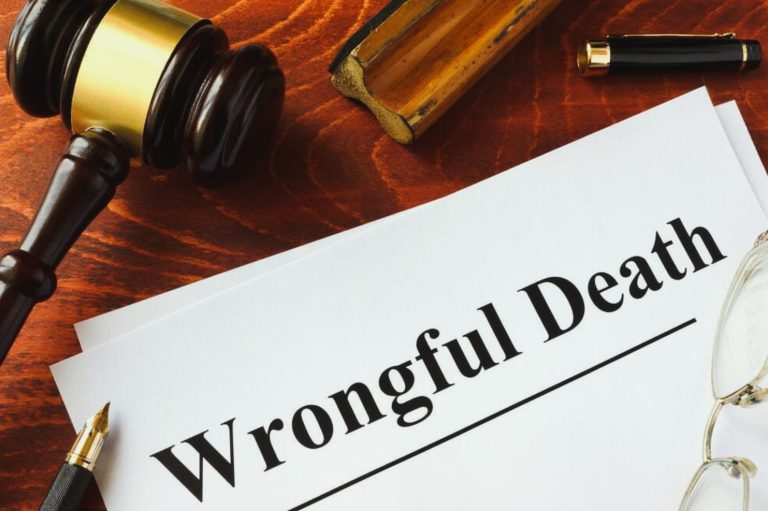

Like in many other states, personal injury claims in Missouri arise from accidents such as automobile collisions, slips and falls, workplace injuries, medical malpractice, and more. The state’s population, bustling cities, and active roadways contribute to the frequency of personal injury claims. The state’s major metropolitan areas, including Kansas City and St. Louis, have higher population densities, leading to increased traffic and a higher likelihood of accidents. For victims of these accidents, there is an imperative to file for restitution and follow the legal process. Only Missouri personal injury attorneys can handle these claims because of the unique local regulations that guide the process.
When pursuing an injury case in the state, understanding the burden of proof is essential to prove that the other party was liable for your injuries. Typically, lawyers navigate the complexities of the legal system and calculate the burden of proof required to establish liability. If you or a loved one are embroiled in injury litigation, the burden of proof is a legal concept you must understand clearly. This blog provides valuable insights into how injury lawyers calculate the burden of proof, offering a glimpse into a crucial element of the procedure.
Understanding the Burden of Proof
In any personal injury case, the burden of proof rests on the plaintiff, who must demonstrate that the defendant’s negligence directly caused their injuries. This burden requires convincing and persuasive evidence for the court to hold the defendant legally responsible.
The preponderance of the Evidence Standard
In Missouri, personal injury cases are typically evaluated based on the “preponderance of the evidence” standard. This standard means that the plaintiff must establish that it is more likely than not that the defendant’s negligence led to the injuries. It is a lower burden of proof than the “beyond a reasonable doubt” standard used in criminal cases.
Establishing Elements of Negligence
To calculate the burden of proof in personal injury cases, lawyers focus on establishing the elements of negligence. These elements include:
As explained by the legal team behind ELG Injury Law meeting each one with sufficient evidence helps the plaintiff demonstrate the defendant’s liability by the preponderance of the evidence standard.
Duty of Care
The plaintiff’s lawyer must demonstrate that the defendant owed a duty of care towards the plaintiff. For example, in a car accident, all drivers must operate safely and adhere to traffic laws.
Breach of Duty
The lawyer must prove that the defendant breached their duty of care by acting negligently or failing to take reasonable precautions. This can be shown through evidence such as eyewitness testimonies, expert opinions, or accident reconstruction reports.
Causation
The lawyer must establish a causal link between the defendant’s breach of duty and the plaintiff’s injuries. This requires demonstrating that the defendant’s actions or negligence directly led to the harm suffered by the plaintiff.
Damages
Lastly, the lawyer must prove the extent of the damages suffered by the plaintiff due to the accident. This can include medical expenses, lost wages, pain and suffering, and other relevant economic and non-economic damages.
Gathering Evidence to Meet the Burden of Proof
Lawyers play a crucial role in gathering and presenting evidence to meet the burden of proof. They employ various strategies to build a strong case, such as:
Witness Testimonies
Obtaining statements from witnesses who observed the accident or can provide relevant information strengthens the plaintiff’s case. Their testimonies corroborate the plaintiff’s events and support the negligence claim.
Expert Opinions
Experts in accident reconstruction, medicine, or engineering can provide professional opinions that help establish negligence and causation. Their expertise lends credibility to the plaintiff’s claims and can be persuasive in proving the burden of proof.
Medical Records
Detailed medical records and expert medical testimonies are crucial in establishing the extent of the plaintiff’s injuries, the treatment received, and the long-term impact on their life. These records provide tangible evidence of the damages suffered.
Calculation of Fault
Missouri follows the “pure comparative fault” rule, which means that even if the plaintiff is partially at fault for the accident, they can still recover damages. However, the plaintiff’s recoverable damages are reduced by their percentage of fault. Lawyers must consider this rule when calculating the burden of proof and assessing potential recovery amounts.
Conclusion
Calculating the burden of proof in personal injury cases requires a thorough understanding of the legal elements of negligence and gathering compelling evidence. Personal injury lawyers play a vital role in establishing liability and obtaining fair compensation for victims. By adhering to the preponderance of the evidence standard and employing strategies such as gathering witness testimonies, seeking expert opinions, and presenting medical records, lawyers can effectively calculate the burden of proof and strengthen their clients’ cases.


